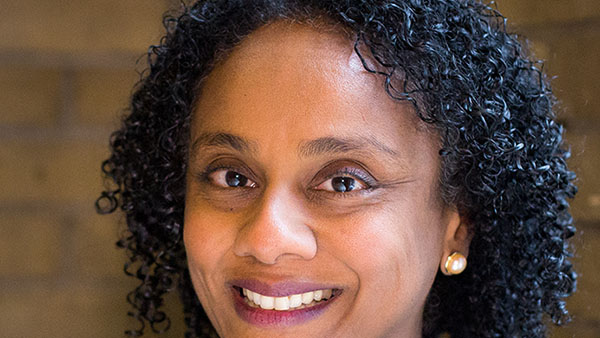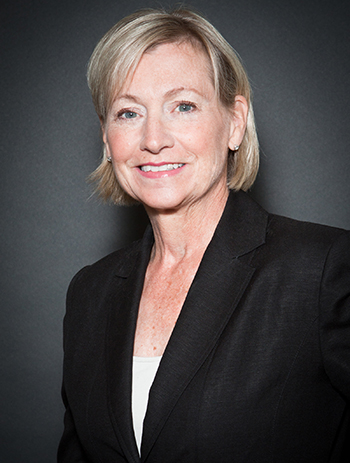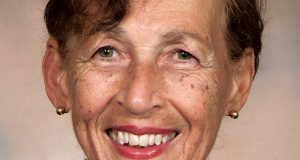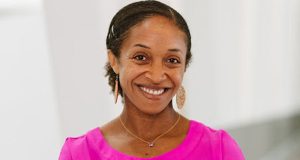By Neil Armstrong
PRIDE Contributing Writer
TORONTO, Ontario March 21, 2017 — The Faculty of Medicine at the University of Toronto has introduced an initiative to address the chronically low numbers of black students who attend its medical school.
Earlier this month, the faculty launched the Black Student Application Program, which will offer a new application stream for students of African and Caribbean ancestry.
There are no targets or quotas associated with this program. It will start with the next application cycle (2017/2018).
Currently, less than two per cent of the medical class identifies as black. The medical school wants its doctors to reflect the general ethnic makeup of the city where 8.4 per cent identify as black.
Dr. Patricia Houston, vice dean of the MD Program, says the numbers have been low for many years.
“We think that we have done a lot to have pipeline programs for students like our mentorship program and through a mentoring program for undergraduates to help them to better understand what is needed to apply to medical school, but inspite of this, it would seem that our admissions process is daunting for them and they don’t feel that they are welcomed.”
She said this is why the faculty is initiating this program to better support black students through both understanding and fulfilling the needs for the admissions process.
It is also being introduced to ensure that if these students are admitted to medical school there that they have supports in place to make them as successful as possible.
Dr. Houston said the University of Toronto is not alone in this; black students are underrepresented in all of the medical schools across Ontario and Canada.
Dr. Lisa Robinson, chief diversity officer of the Faculty of Medicine, says in Canada they have not been good, in general, of asking questions tracking the number of black students that apply vis-à-vis those admitted.
“We need to know who is applying and who is being admitted to medical school because if students are just not applying versus they’re applying and they’re not being accepted, then we know the two situations will really point to very different strategies. Historically in Canada, we have not collected that kind of data.”
However, Dr. Robinson said they have some information about who their medical students are in the last few years but they don’t have a lot of information about their applicants.
“Whatever little information we do have about our applicants suggests that black students also are underrepresented in the applicants pool.”
She said the faculty needs to have a way to understand “who our community is, who’s applying, and tracking students going forward so that’s going to be part of what we want to do as well.”
The Black Student Application Program is based on a similar program, the Indigenous Student Application Program, that has successfully increased the number of Indigenous students in the MD program.
“We hope it is even more successful than our Indigenous application process and what it does is the students identify themselves as black through the admission process, they then are asked to write a short essay that is extra as compared to students who don’t identify themselves as black,” said Dr. Houston.
Under this program, students who apply through this new admissions stream will have to meet the same high educational standards (based on GPA and MCAT scores and course requirements), but members of the Black community would be involved in the file review process and during the interview process in addition to the regular other members of the panel.
“We just want to make sure that there are members of the Black community and black physicians who are part of the file review and then part of the interview process,” said Robinson.
The idea is to provide a safe cultural space for black applicants, to make sure that excellent candidates are not being missed due to any unconscious bias on the part of the interviewers.
Dr. Robinson said the short essay is not meant to be a barrier but is really intended as an opportunity for the student to tell them something about themselves “that we wouldn’t normally be able to capture through the rest of the traditional application.”
There is a growing body of evidence which shows that diversity among medical providers results in better medicine.
“We know that you need diversity in medicine so that you can produce better doctors who are better able to care for our community, so we know that if we have enhanced diversity among our medical students, we’re going to have a more diverse physician workforce who are more culturally competent and are better able to care for our population,” said Dr. Robinson.
The chief diversity officer noted that Toronto is one of the most diverse and multicultural cities in the world and so the faculty’s first goal is to be able to “care for our community and to serve our community so we need to make sure that we reflect our community as well.”
She said several studies have shown that minority patients tend to seek care from minority physicians and they report better satisfaction with the care from minority physicians.
“And in addition to that, we know that if we also have a more diverse physician workforce that helps to improve access to care for our communities who are traditionally underserved. And, really, it results in better healthcare for all patients, especially minority communities who may face unique health challenges.”
The Black Student Application Program will add to several other initiatives to encourage and support underrepresented students.
Dr. Robinson said they want to make sure that they are creating an open, welcoming, and inclusive environment for students once they are at the university.
“Part of that, for the students who are admitted, there’s continued mentorship and support through the Office of Health Professions Student Affairs,” she said.
She also noted that there is a new position that was recently created, currently held by Dr. Onye Nnorom, who is the Black Faculty health lead for the MD program.
They will also be focusing on offering mentorship opportunities with black physicians and increase visibility of black physician role models.
There is also continued support for student clubs and associations that help to provide that sense of community for black students, like the Black Medical Students Association.
“It took us some time to make sure that we had all of the components in place so that we thought once we launch that it would be a successful program and we’re very proud to be doing this,” said Dr. Houston.
Dr. Robinson graduated from the university’s medical school in 1991 and was one of two black medical students at the time.
“I’m so excited to see this happen,” she said.
 Pride News Canada's Leader In African Canadian & Caribbean News, Views & Lifestyle
Pride News Canada's Leader In African Canadian & Caribbean News, Views & Lifestyle






